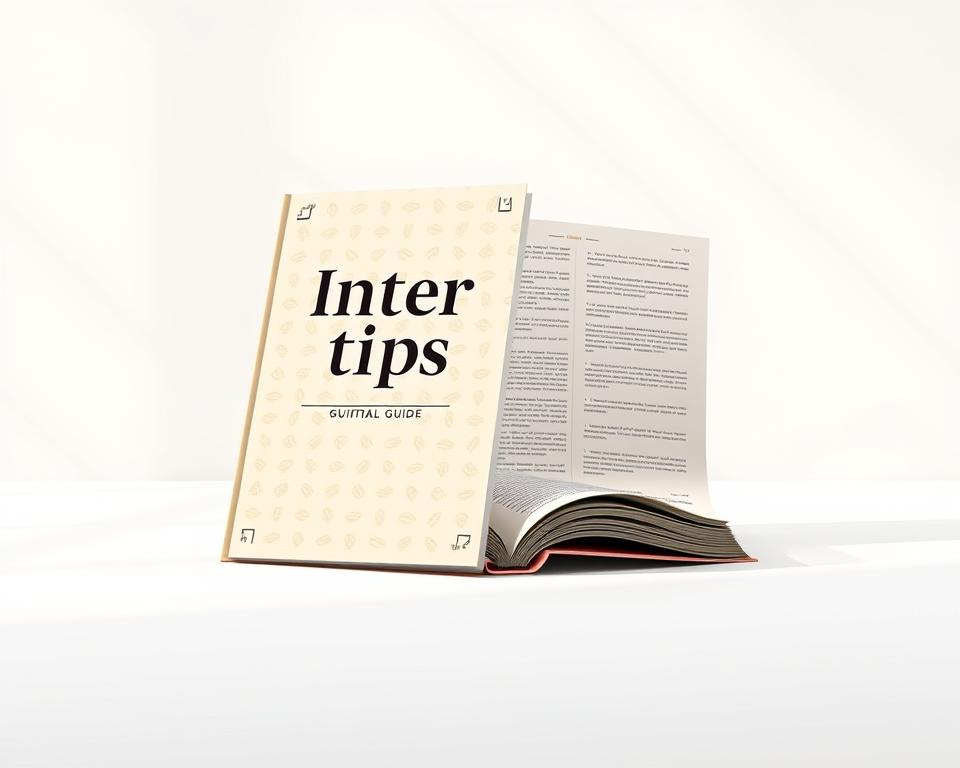Anúncios
In today’s fiercely competitive job market, mastering the art of interview skills has become increasingly crucial for achieving success. As candidates strive to stand out among a sea of applicants, honing in on effective strategies can make all the difference. Among the myriad of tips that frequently emerge, one method consistently proves its effectiveness: the STAR method. This technique is particularly advantageous for structuring responses during interviews and stands as a cornerstone for candidates seeking to showcase their qualifications in the best light.
STAR stands for Situation, Task, Action, and Result. It serves as a structured approach that encourages candidates to present their experiences in a concise yet impactful manner. This structured technique becomes especially essential when addressing behavioral interview questions, which delve into how candidates have handled specific situations in their past roles. Developing proficiency in using the STAR method can significantly enhance the clarity and effectiveness of a candidate’s responses, making them more compelling to interviewers.
Behavioral interview questions often begin with familiar phrases like “Tell me about a time when…” or “Give me an example of…”. Such questions are designed to assess how candidates have navigated particular challenges or situations previously. The STAR method serves as a solid framework that helps candidates systematically address these inquiries. By utilizing this method, candidates ensure that their responses are not only detailed but also structured clearly, allowing interviewers to grasp the narrative effortlessly.
To leverage the STAR method effectively, candidates should initiate their responses by describing a relevant Situation. This foundational segment sets the stage for the interviewer and provides essential context for the story being shared. In this portion, the goal is to paint a vivid picture of the situation. The more details provided regarding the context, including the time period and location, the easier it is for the interviewer to understand the complexities involved. Including relevant challenges faced during the situation will enrich the narrative, making it more engaging.
Following the Situation, the Task segment outlines the specific responsibilities or objectives that were at play during the described scenario. Clarity in this part is paramount, as it distinguishes the candidate’s role amidst the broader context. Candidates should aim to succinctly articulate what was required of them, including their specific goals and any constraints imposed by the situation. This portion of the response not only showcases accountability but also prefaces the Actions taken to address the situation effectively.
Anúncios
Next comes the Action portion, where candidates delve into how they addressed the Task at hand. This segment provides an opportunity for candidates to highlight their skills and expertise. Being specific about the actions taken, choices made, and thought processes involved allows candidates to demonstrate their problem-solving abilities and critical thinking skills. This is a key moment in the interview where candidates can exhibit how their actions contributed to overcoming the challenges posed in the Situation, ultimately allowing interviewers to assess their competency.
As candidates construct their responses, it is vital to conclude with the Result. This part encapsulates the outcomes of the Actions undertaken, serving as a critical reflection of the candidate’s effectiveness. A strong Result should aim to quantify achievements wherever possible, illustrating outcomes in terms of metrics such as increased revenue, improved efficiency, successful project completion, or positive changes within team dynamics. By focusing on tangible evidence of their impact, candidates can provide compelling proof of their effectiveness in previous roles.
While the STAR method provides an invaluable structure for interview preparation, candidates should also prioritize the delivery of their responses. Knowing one’s story inside and out is important, but delivering it in a captivating manner can significantly influence the interviewer’s perception. It’s important to convey not only the content but also enthusiasm and confidence during the delivery. Engaging in mock interviews or practicing verbal responses with friends can help candidates refine their presentation style, while also receiving constructive feedback on tone, pace, and body language.
In addition to preparing for the interview content, candidates should consider potential follow-up questions that might arise based on their responses. After presenting a STAR answer, an interviewer may seek further clarification or deeper insights into specific aspects of the response. Anticipating such inquiries allows candidates to further demonstrate their competence and knowledge, transforming the interview into a more dynamic dialogue. This level of preparedness showcases not only thoroughness but also a candidate’s ability to think on their feet—a skill that is highly desirable in many job roles.
Beyond the STAR method, researching the company and the specific role for which one is applying is equally important. Understanding a company’s culture, values, goals, and any recent news can provide vital context for answers and signal genuine interest to prospective employers. Candidates who align their experiences with the company’s objectives will find it easier to contextualize their STAR responses effectively. This approach can create a more meaningful connection and leave a lasting impression on interviewers.
Networking also serves as an invaluable tool in the interview preparation process. Engaging with alumni from educational institutions, attending industry events, and connecting with professionals in the desired field may expose candidates to valuable insights and insider knowledge. Building these connections can yield first-hand experiences or potential referrals that enhance a candidate’s chances in an increasingly saturated job market. Personal referrals often confer a significant advantage that can elevate candidates above others vying for the same position.
Moreover, candidates should remain acutely aware of the impact of body language during the interview process. Non-verbal cues convey messages just as eloquently as spoken words, and candidates must be mindful of how their demeanor reflects confidence and enthusiasm. Simple actions such as maintaining eye contact, smiling genuinely, and ensuring a firm handshake can establish rapport with interviewers. Additionally, candidates should be aware that posture communicates engagement and interest, rather than anxiety or discomfort. Pairing verbal preparation with mindful body language can elevate overall presentation qualities during an interview.
After the interview has concluded, candidates must not overlook the importance of sending a thank-you note—a professional courtesy that bears significant weight. A well-crafted message reiterating appreciation for the opportunity to interview, along with an expression of enthusiasm for the role, can leave a positive and lasting impression. This gesture not only expresses gratitude but also reinforces a candidate’s continued interest in the position, serving as a gentle reminder of their qualifications and potential fit within the organization.
Finally, embracing the power of self-reflection can lead to significant improvements in interview performance. After each interview, candidates should take the time to process their experiences, documenting what went well and identifying areas for improvement. This ongoing feedback loop allows candidates to consistently refine how they present themselves in future opportunities. Being open to learning from every experience fosters a more resilient and adaptable candidate, ready to tackle forthcoming challenges head-on.
In summary, while there are numerous strategies for interview success, the STAR method stands out as a particularly effective tool for answering behavioral questions. Paired with thoughtful research about the company, effective networking tactics, mindful non-verbal communication, and diligent post-interview practices, candidates can create a comprehensive and multi-dimensional approach to their interview preparation. In the fast-paced and competitive landscape of today’s job market, mastering these techniques will prove essential for helping candidates shine during interviews and ultimately land their desired positions. Embracing these tips, practicing regularly, and approaching the next interview with confidence can significantly enhance the likelihood of success—transforming opportunities into tangible achievements.



